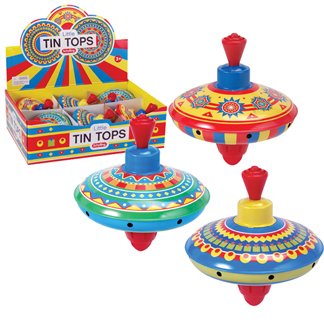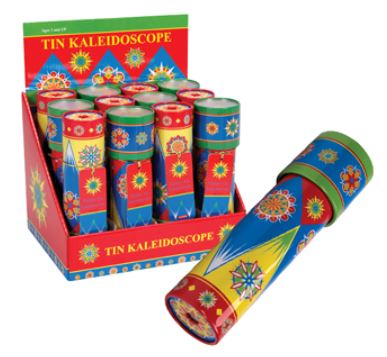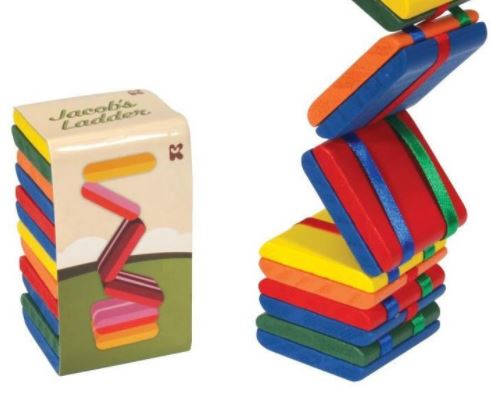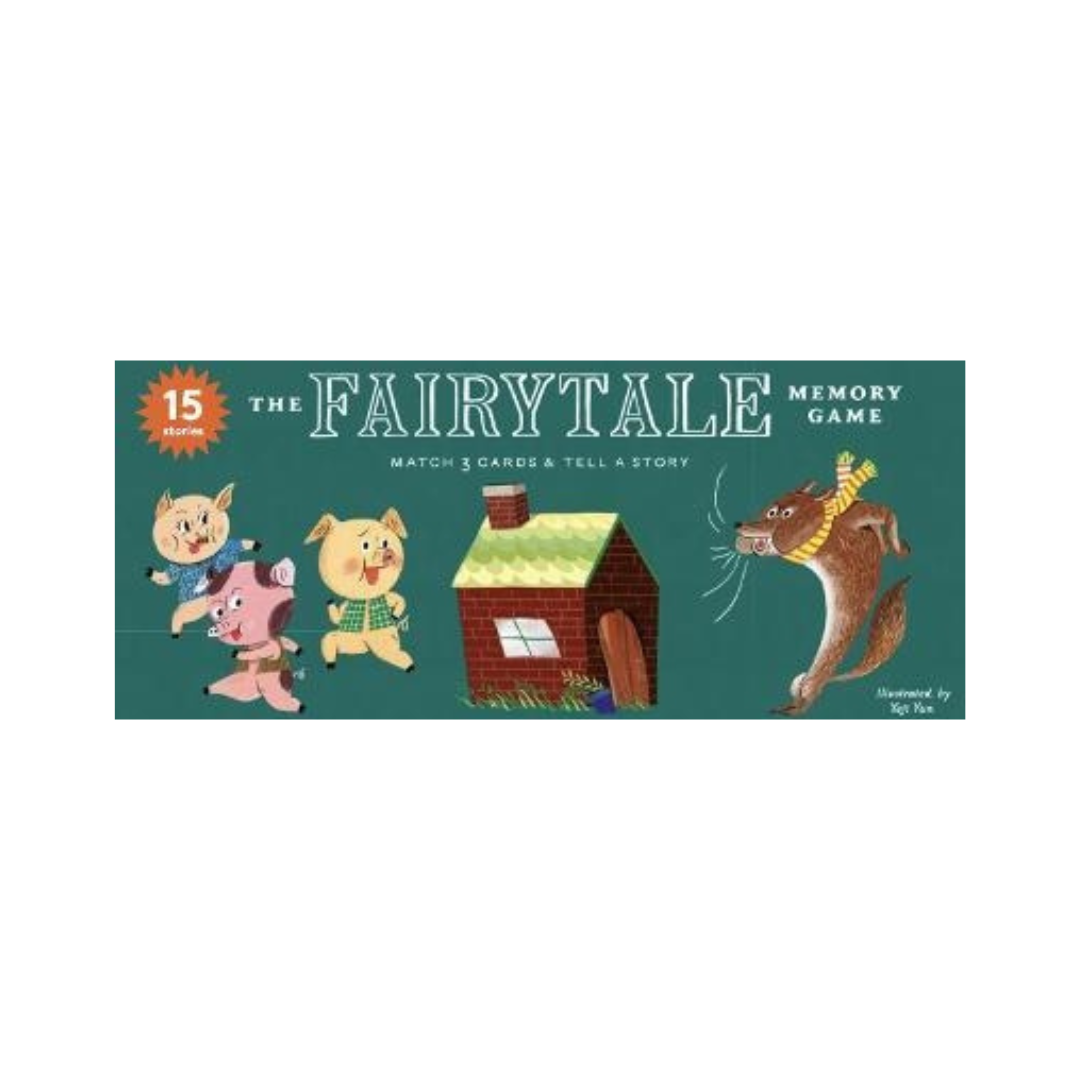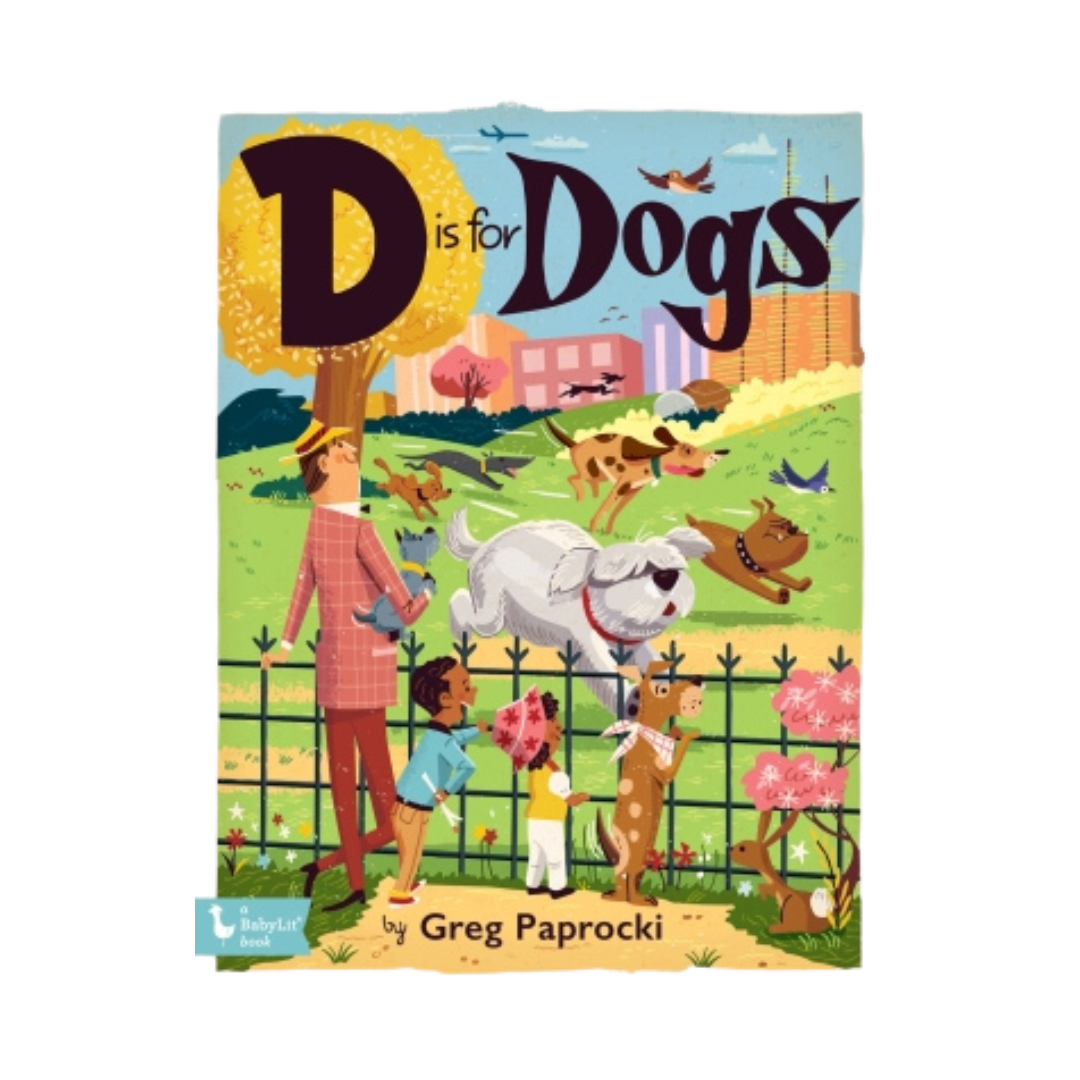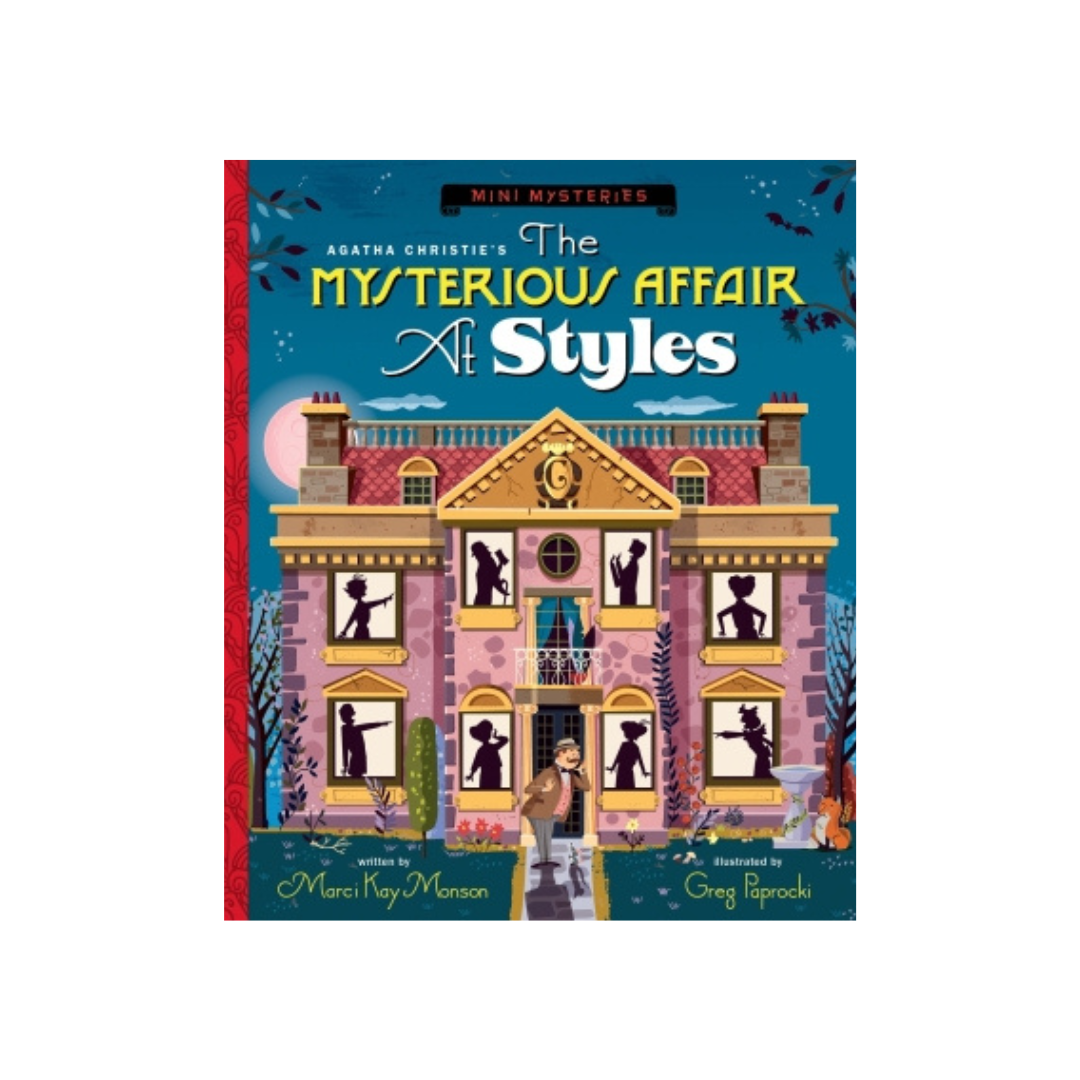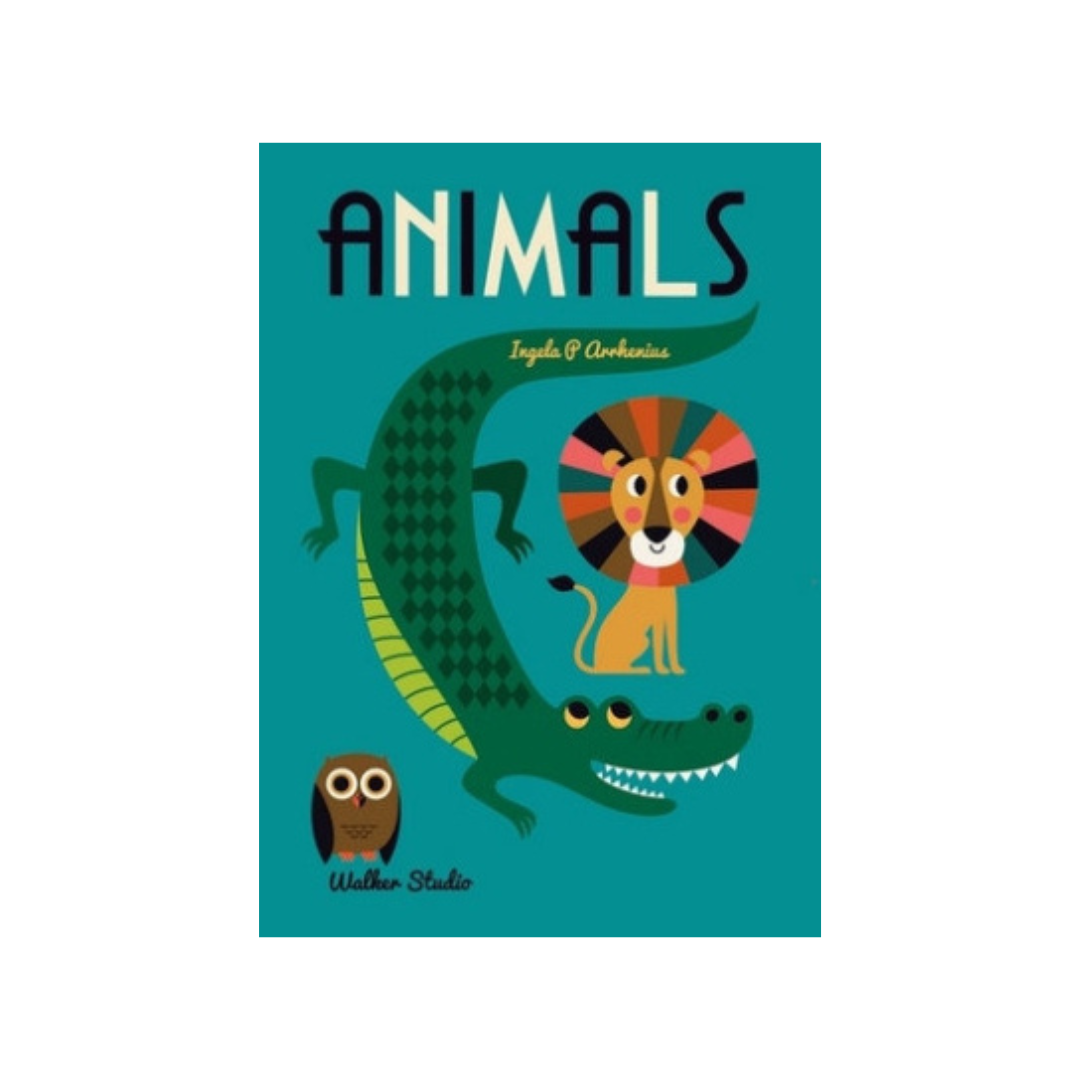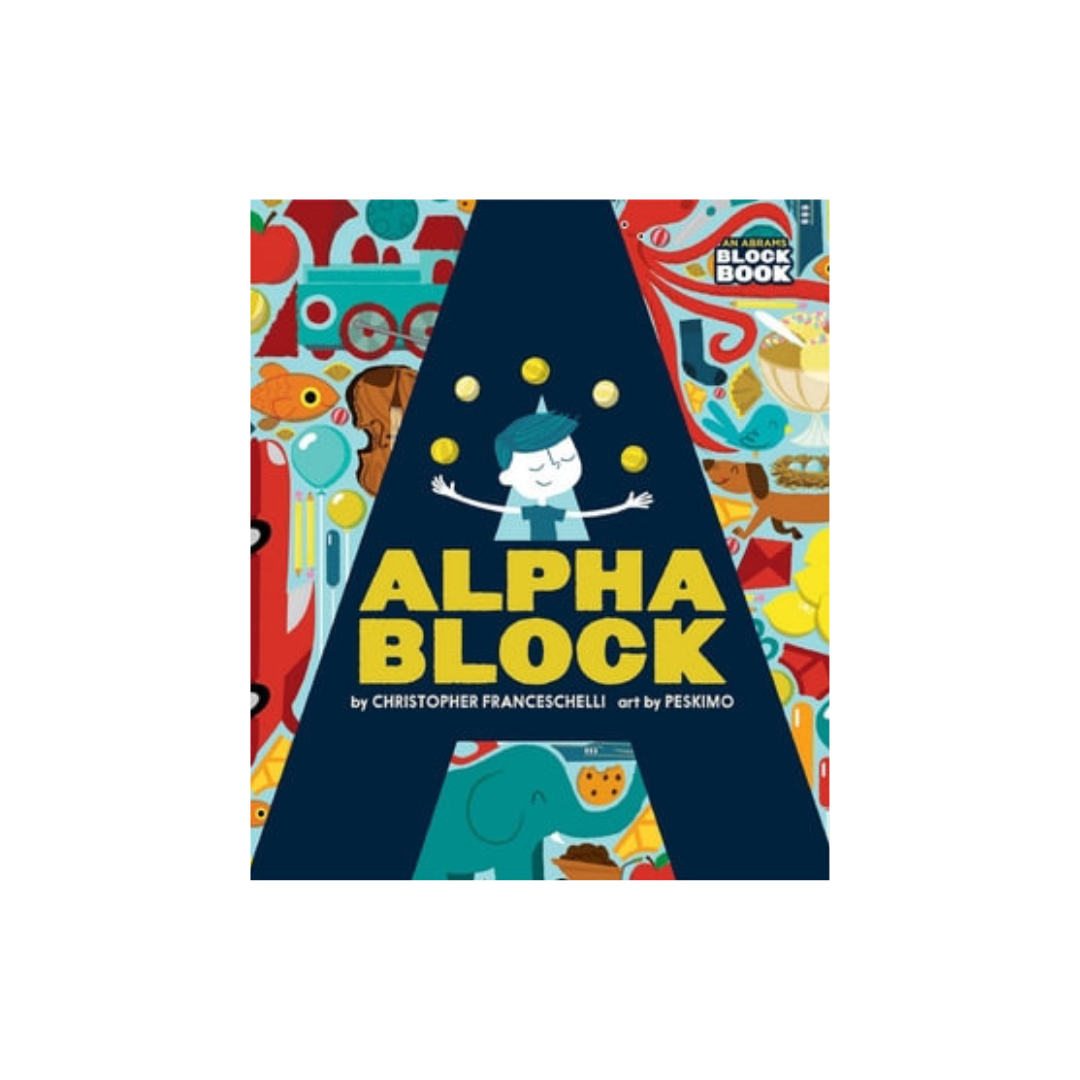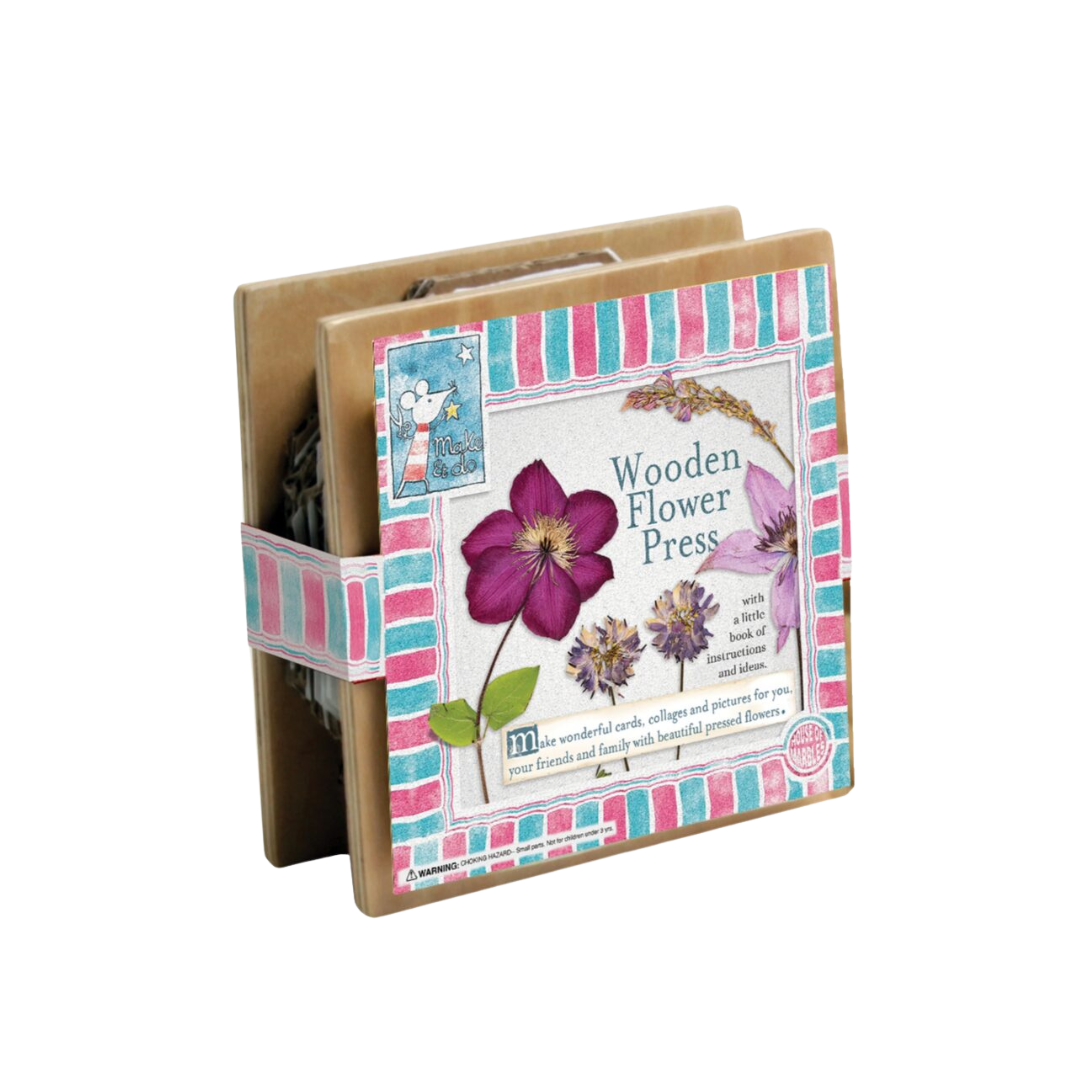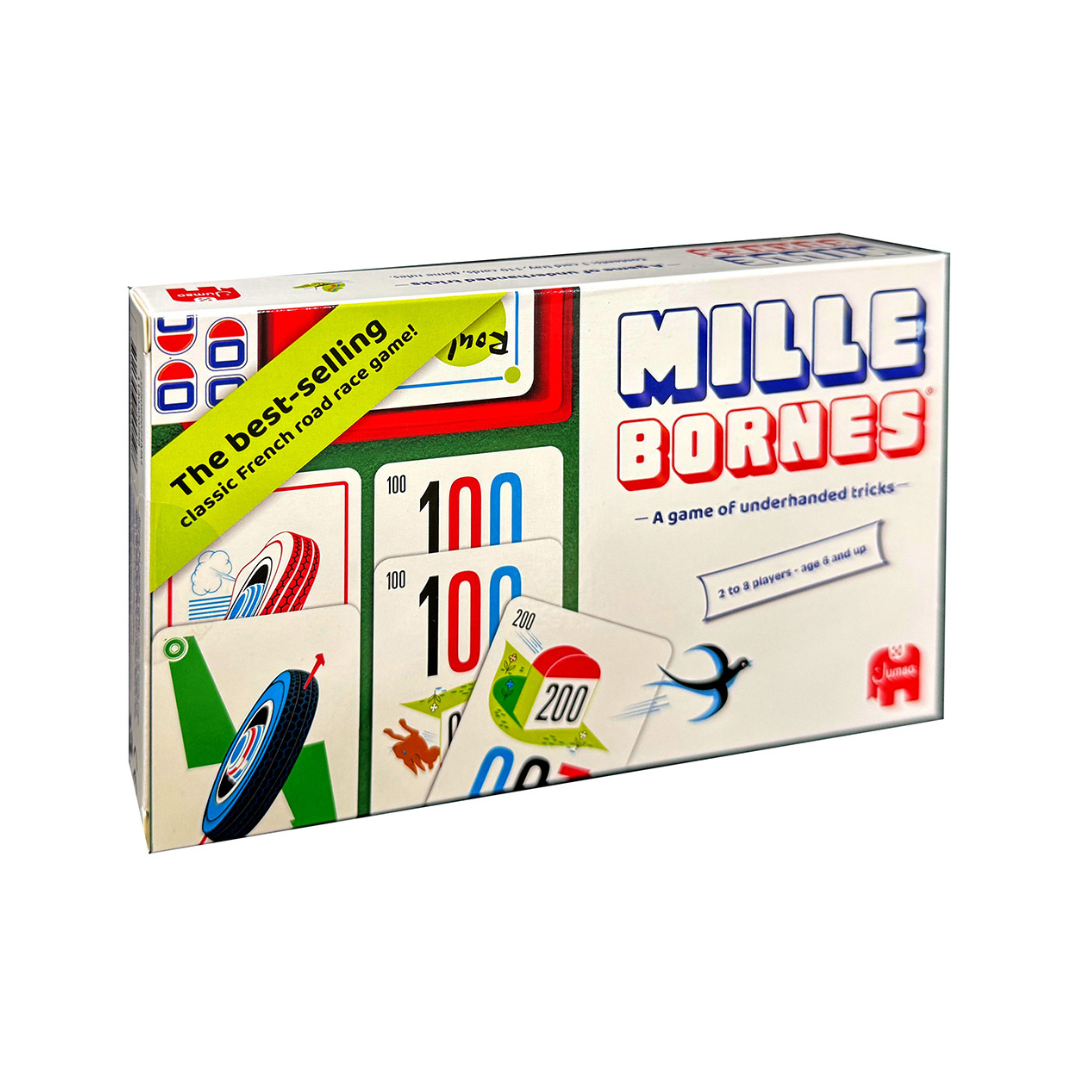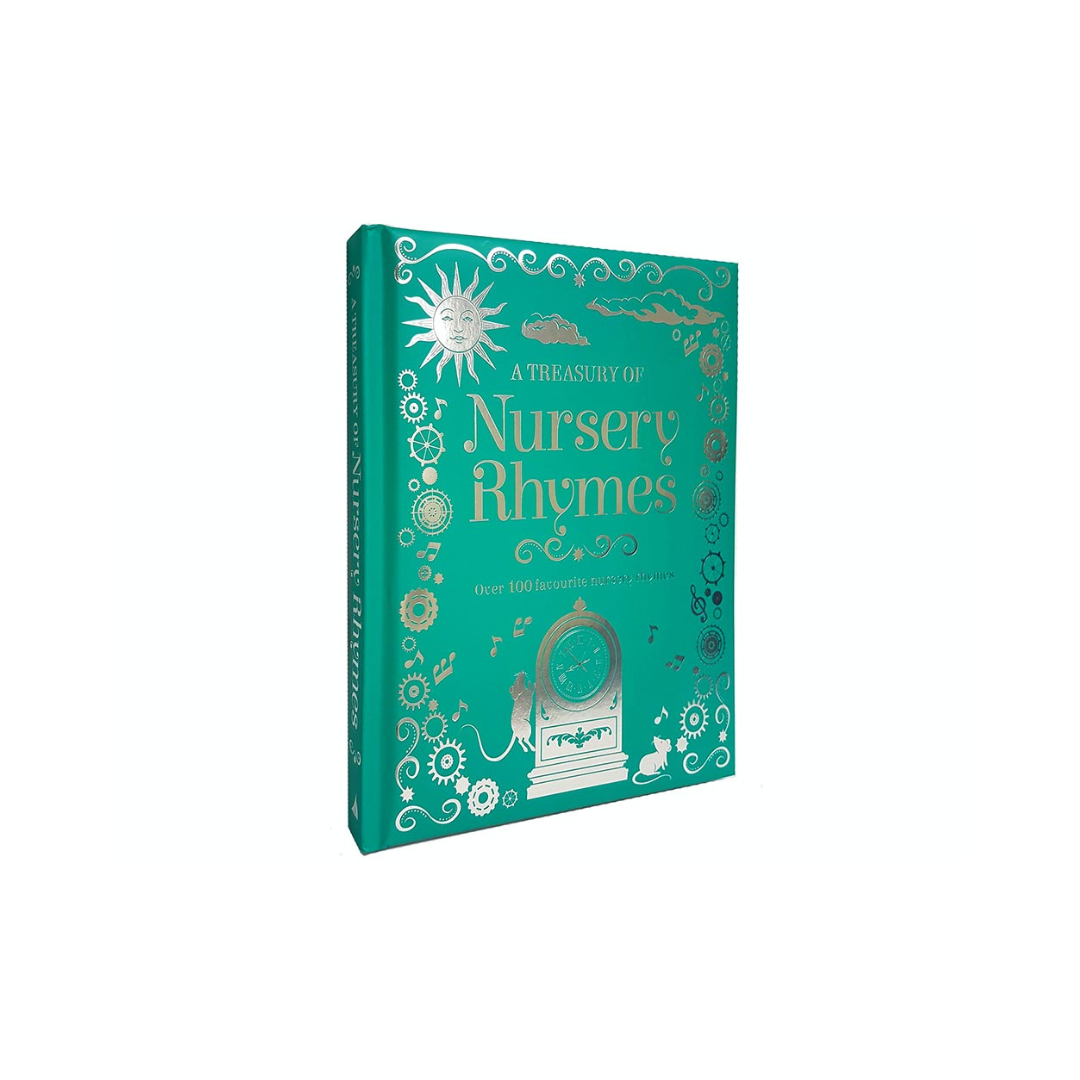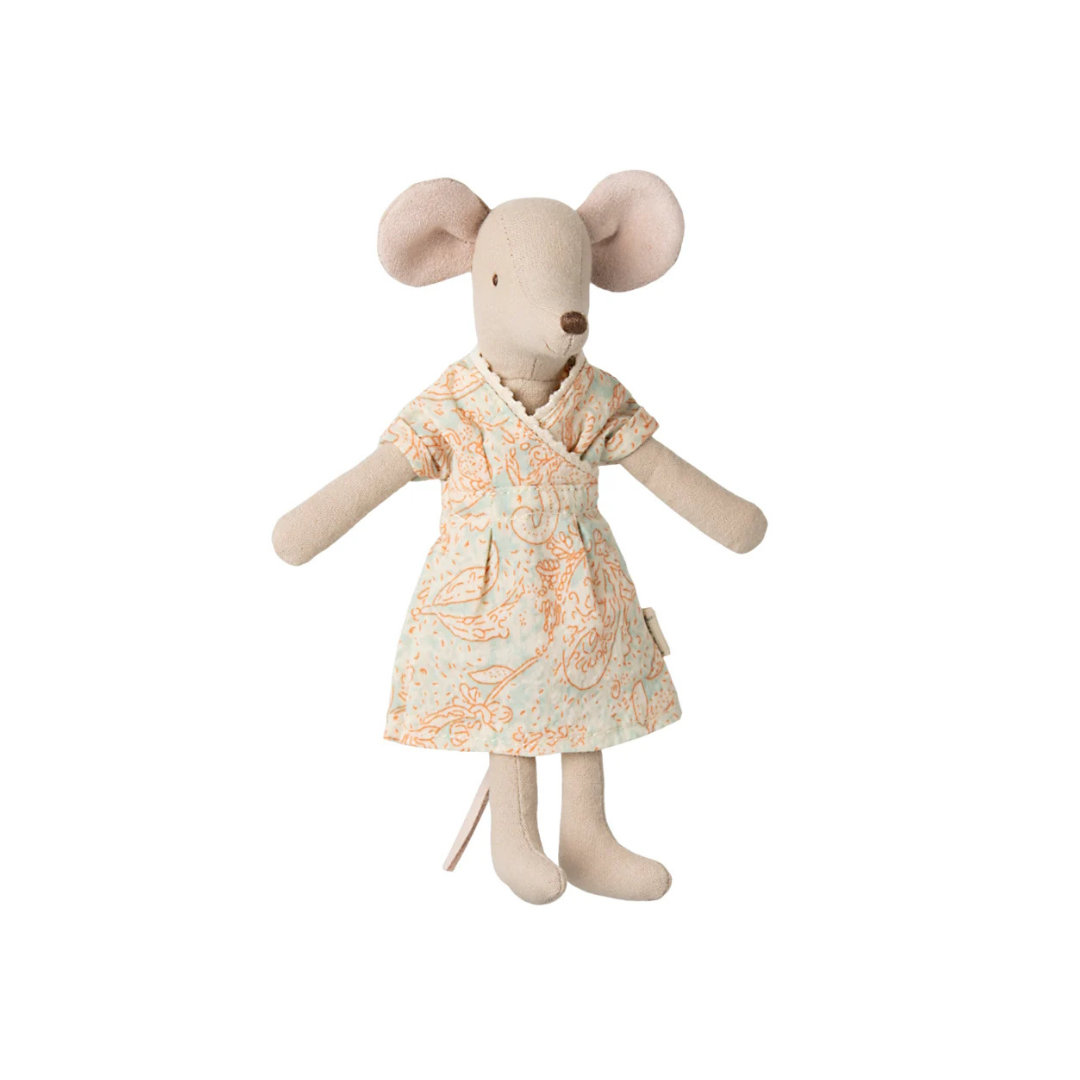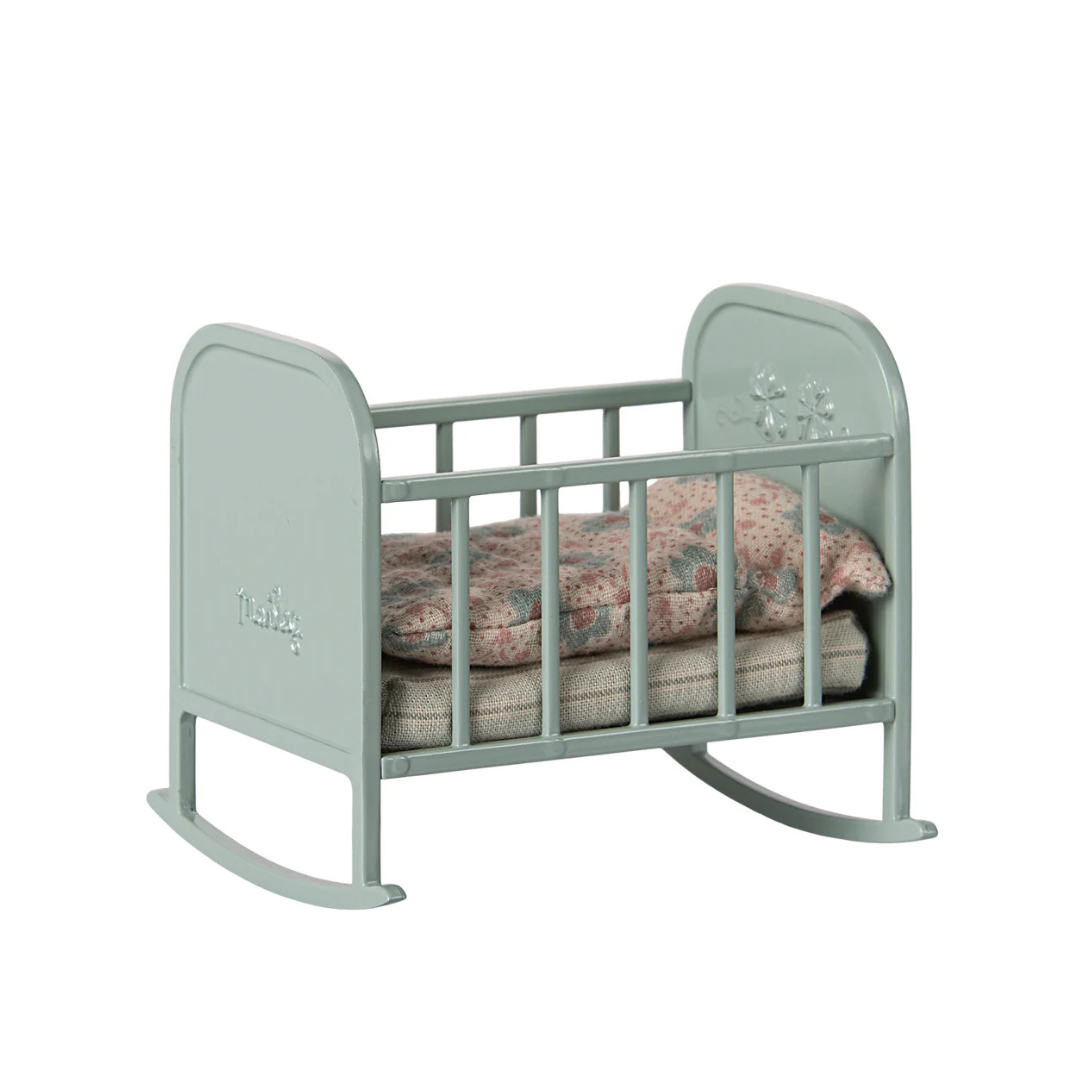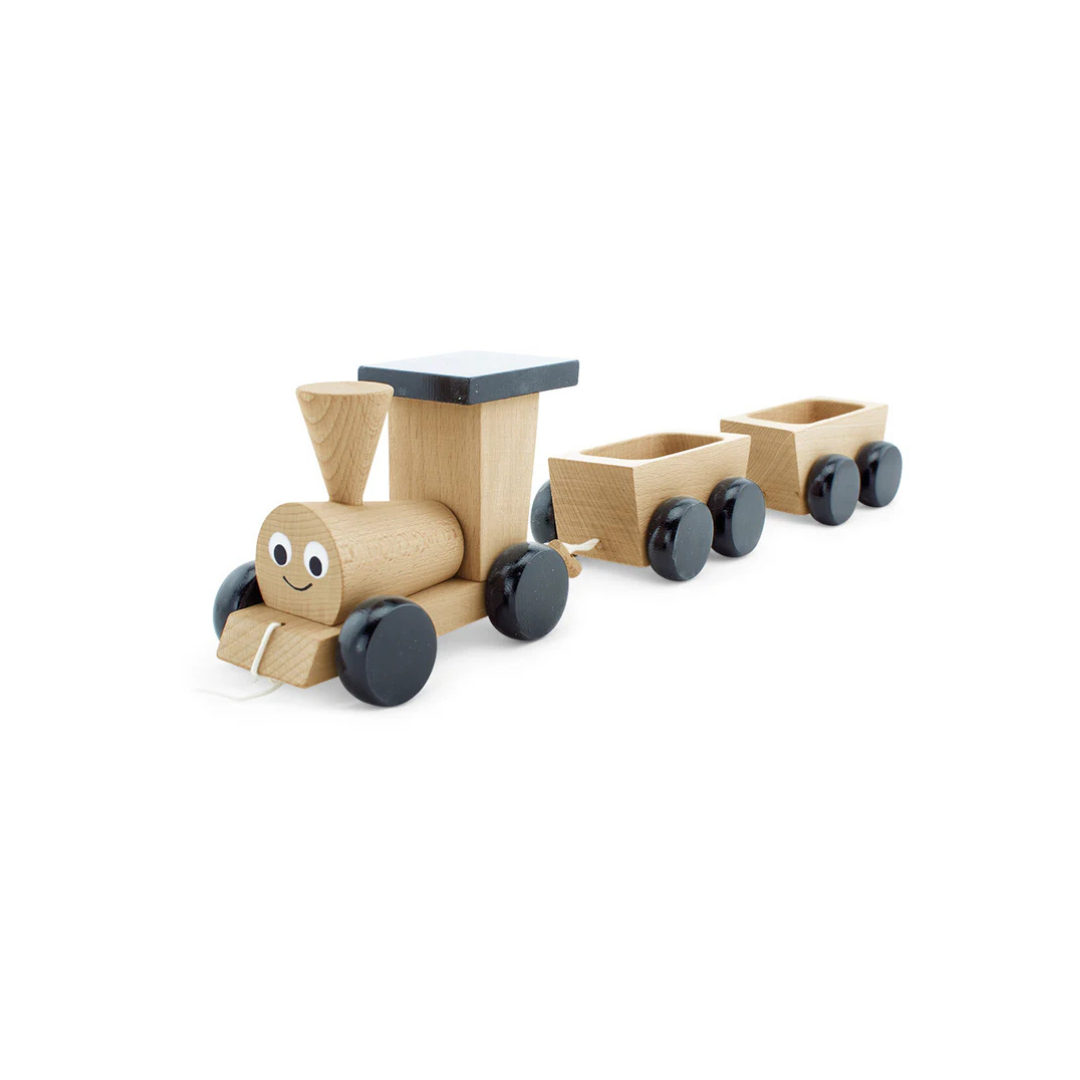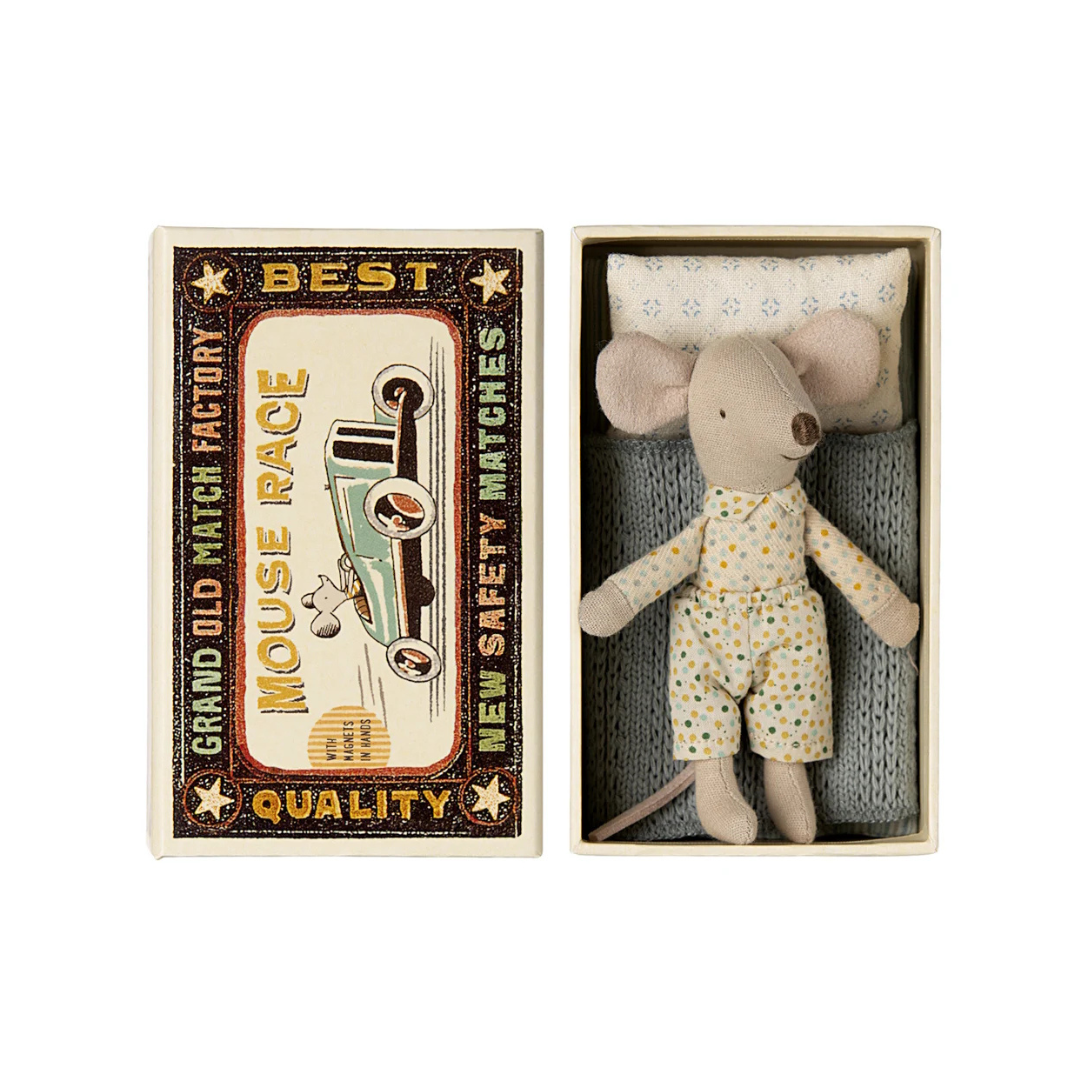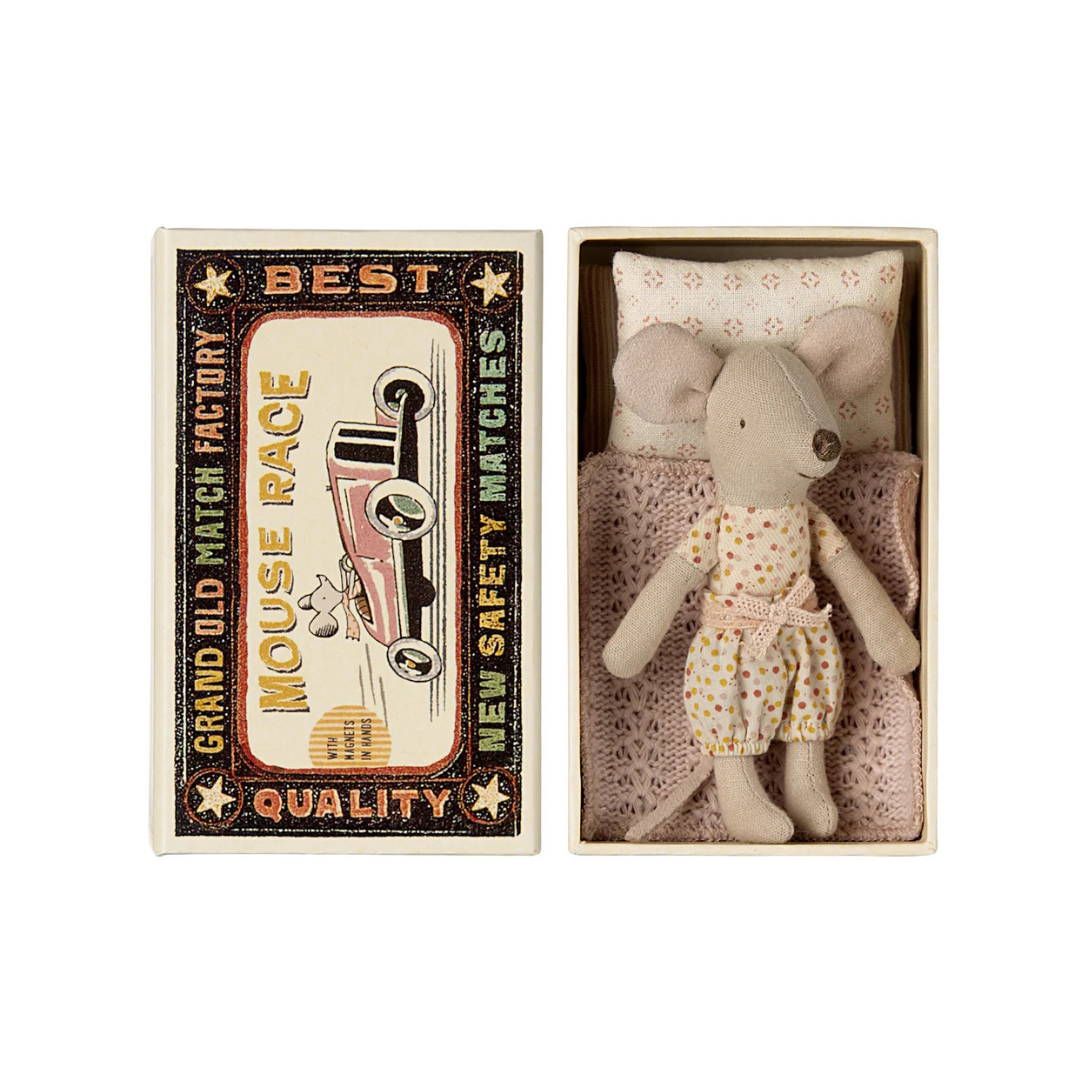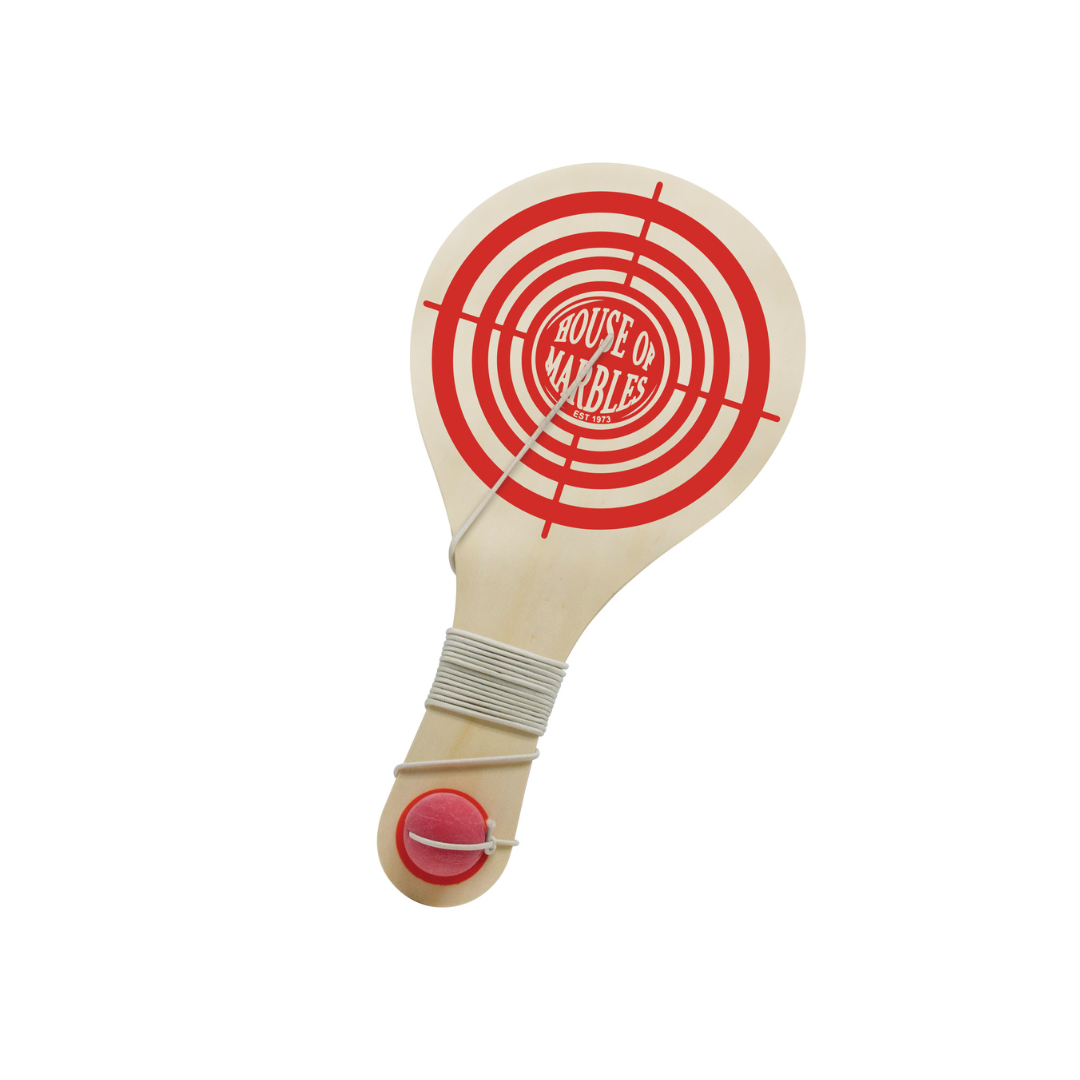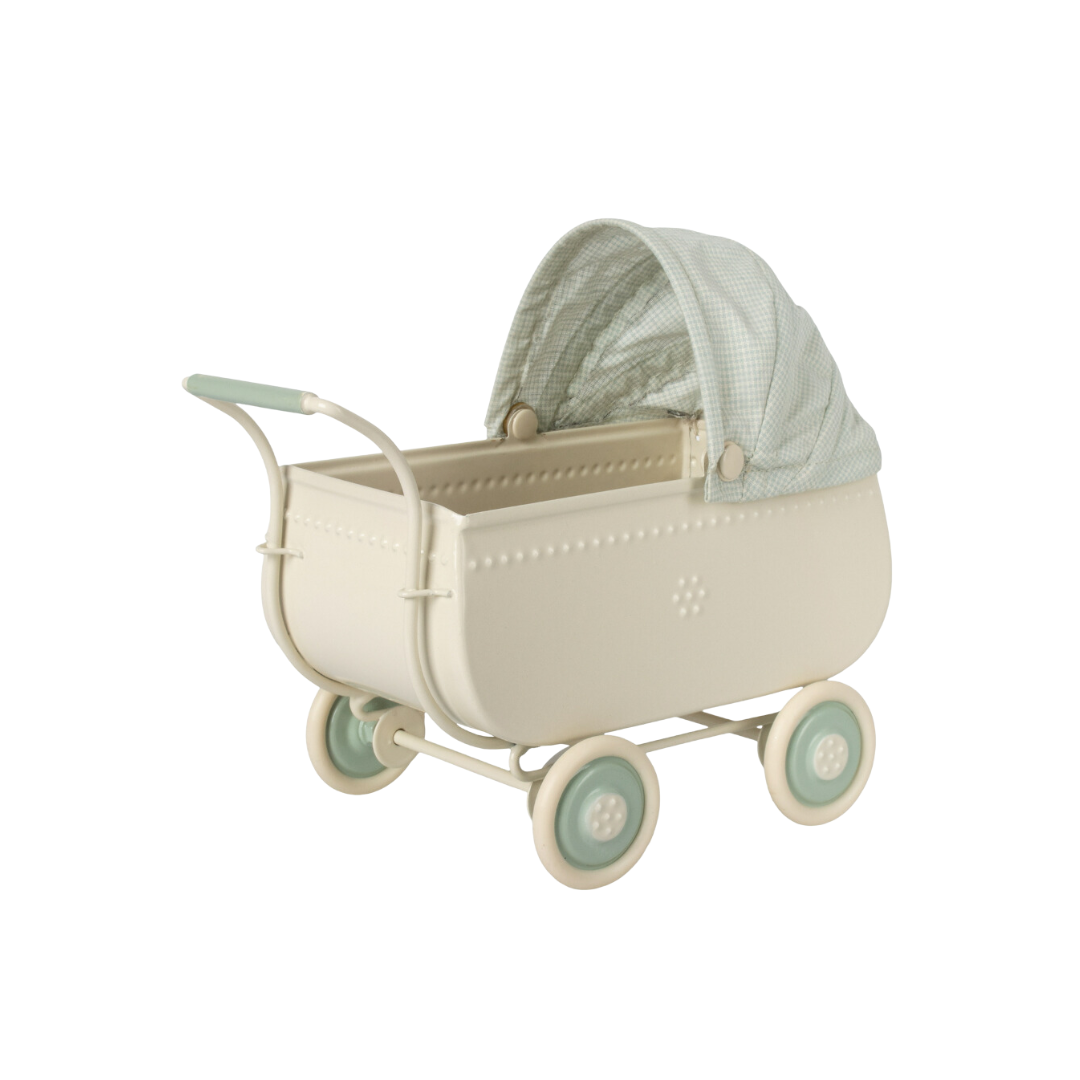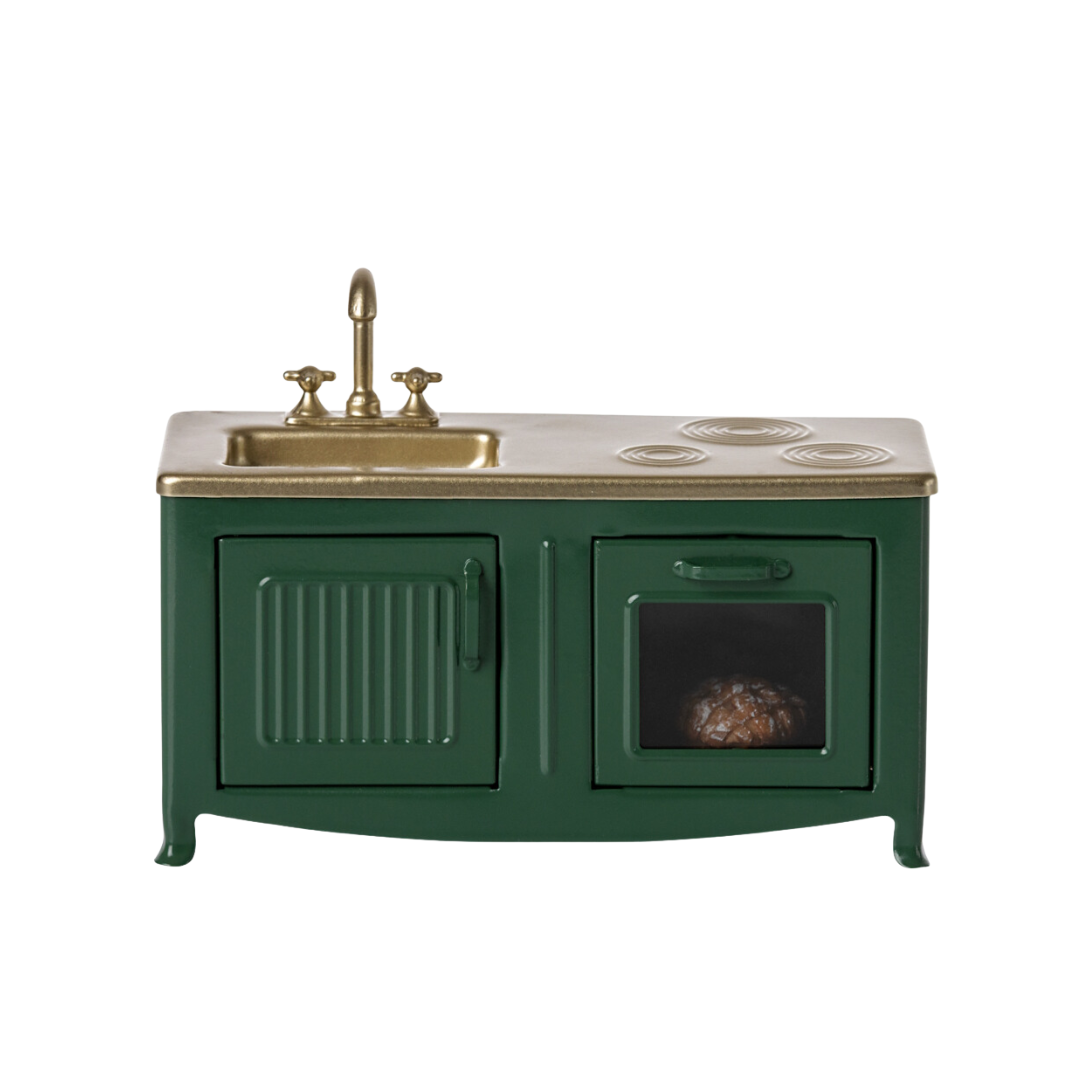Our Favourite Classic Children's Toys
We love all of our toys; they’re all magical and all bring us so much joy. We’re often asked though to pick our top three faves. After much thought, we realized that our ‘go to’ items are also three of our biggest and best sellers. These are a few of our favourite things …
The Spinning Top
The simplest toys are always the best! We can’t help but love our traditional tin spinning tops from Schylling. These wonderful humming tin spinning tops are the perfect size for little hands. Each one features beautifully illustrated carousel graphics and entrances on each spin.
Did you know that the earliest clay spinning top was discovered in 3500 BC - that’s almost six thousand years ago!
A wooden spinning top which was carved circa 1300 BC and was later discovered in King Tut’s tomb was another early example of this simple toy, although Indigenous peoples from around the world have been making spinning tops from fruits, nuts and seeds for thousands of years before this one was created.
Did you know that spinning tops stay upright from an angular momentum; a law that Newton expressed as ‘objects in motion, stay in motion’.
The Jacob’s Ladder
Our Jacob’s Ladder is a traditional wood and lace click-clack toy and is a timeless classic, and a perfect edition to any toy collection. The Jacob’s Ladder is the original fidget spinner, perfect for busy hands.
The true origin of this classic toy, which produces visual and kinetic illusion is a mystery, however many believe that the toy finds its origins in China. We do know however that it received its earliest toy review in a 1889 American scientific article, describing the magic behind the mechanics.
In the 1700’s a Japanese polymath constructed one which was called Gennai’s Wondrous Click-clack; a name that is still around today. Another popular variation of this classic toy was an American 1940’s version, which had an indentation for a penny to disappear & re-appear.
Wherever it came from, the Jacob’s ladder is here to stay!
The Kaleidoscope
Amaze the eyes with brilliant colours and patterns with the classic Schylling design. These beautifully illustrated tin kaleidoscopes continue to dazzle all who lay their eyes on them, and little hands always make a beeline for them in store.
The kaleidoscope is thought to have been invented in 1816 by Scottish inventor Sir David Brewster, with its name originating from the Greek words meaning ‘beautiful form watcher’.
Did you know that Sir David Brewster went on to advance lighthouse lens and stereoscope designs.
The visual stimulus provided by the kaleidoscope therapeutically promotes positive joyful emotions and promotes good mental health through colour therapy. We always new that traditional toys were good for you!

